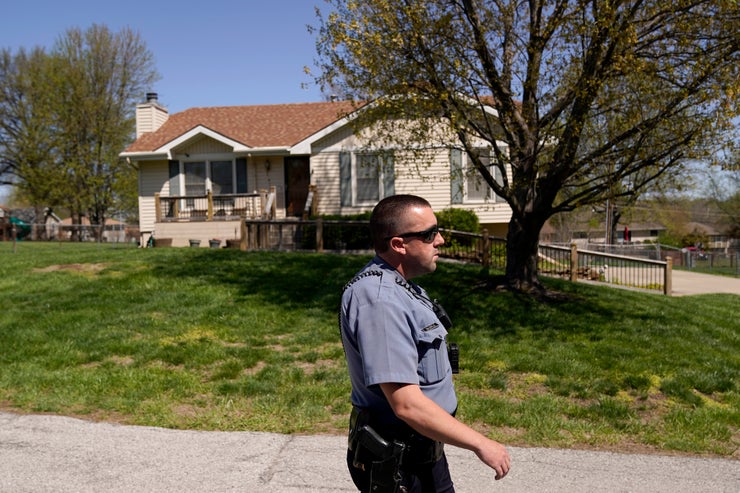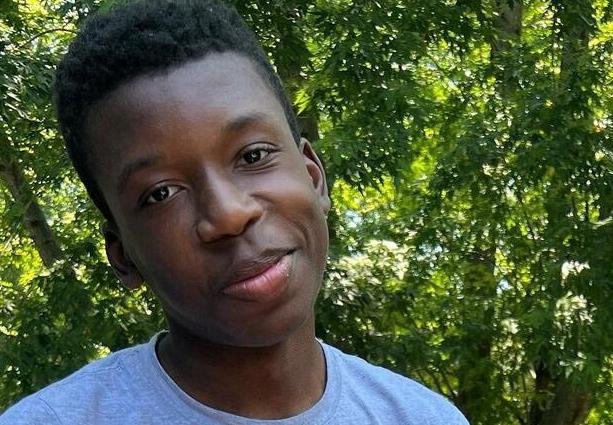In the fall of 2004, two months into my first big-boy job as a daily news reporter at the Rockford Register Star in Illinois, my editor sent me to investigate a tip about a pet cemetery being razed in George W. Bush-loving Ogle County.
The cemetery was in the middle of nowhere. Literally nothing as far as the eye could see except corn, road… and a farmhouse situated right next door.
Journalistic due diligence demanded I knock on the door of that house to ask questions. But first I called my editor to tell her that if I didn’t make it back to the news tower within the hour, to send the authorities for me.
I knocked, no answer. As I left the driveway, a 50-something white man walked out of the adjacent barn holding a garden tool, looking unenthused to see me. When I announced my name and employer, he brusquely informed me that he hated the paper and had nothing to say to me.
I couldn’t peel out of there quick enough.
I was born and raised in Detroit. The average American hood is familiar and doesn’t faze me. I just keep my head on a pivot, especially in unfamiliar environs. However, being out in rural Illinois alone knocking on doors as a 23-year-old Black man scared me.
I would’ve wanted that Ralph Yarl, at the still-tender age of 16, wasn’t possessed with that fear of knocking on a strange door when, on April 13, he mixed up an address and arrived at the wrong house looking to collect his siblings. I would’ve wanted him to be naïve enough to not have to worry about the possibility of who answered. Unfortunately, for Yarl and those like him, the nightmare of American hatred was on the other side.
According to reports, Andrew Lester, the home’s owner, fired two shots through the locked glass door, striking Yarl in the head and arm. Lester was allowed to turn himself into police, Tuesday, only after public outcry that he had not been arrested. He was charged with first-degree assault and armed criminal action in the shooting, and was released on bond.
However, having existed on Earth as a Black man quite a bit longer than Yarl, I’m not even slightly surprised that a white man born in the 1930s allegedly felt so threatened by the presence of a Black kid on his porch that he reportedly decided to gun him down.

Is it possible Lester just had a similar unhinged, impetuous and colorblind response as Kevin Monohan, who murdered 20-year-old Kaylin Gillis, a white woman, for pulling into his driveway by mistake in upstate New York? Perhaps, but Black folks responded with a collective “duh” to prosecuting attorney Zachary Thompson’s suggestion there was a “racial component” in Lester’s actions.
To be a Black man and breathe in America is to exist in a perpetual state of low-powered dread that we ratchet up only when circumstances demand we do so. It’s there every time we enter an unfamiliar environment or when there aren’t enough of us around to feel comfortable. It’s there every time we see a police cruiser or a Confederate flag hanging somewhere. That dread is largely to blame for our historical struggles with mental health.
I wonder if Ahmaud Arbery, at 25, had that dread when he went for a jog near his Georgia home, as he probably had countless times before, on Feb. 23, 2020, when a group of white men cornered and killed him.
I wonder if Trayvon Martin had that dread as he was headed home from a Florida convenience store on Feb. 26, 2012, when George Zimmerman chose to mind business that wasn’t his own and started a fight with Martin, preventing him from ever making it home to his father again.
Martin was 17, just a year older than Yarl, and perhaps too young still for that dread of knowing he’s considered a weapon to America to have set in.
Yarl is home now. His mother, a nurse, is caring for him. And now he must watch as the slow wheels of justice move for people who look like him. He will learn, if he hasn’t already, that his attacker turned himself in, was released only after a weekend of protest and powerful public outrage.
Just as Arbery’s killers were charged only after the video went public ― 2½ months after his murder. Just as it took a video, a pandemic and unprecedented global outrage to get that elusive conviction of a police officer for the May 25, 2020, murder of George Floyd in Minneapolis.
If he doesn’t know already, it will soon be made clear to Yarl that Zimmerman still walks the planet as a free man, allowed to abuse others despite killing one of his peers.
If Lester skates on his charges, it’ll likely be for the same reason Zimmerman did: “Stand Your Ground” laws designed to protect people from being victimized by actual criminals. Yarl’s dread would likely intensify at the revelation that such laws pull a double duty of endangering people who look like him ― in a country where Philando Castile can be murdered by police in Minnesota for legally possessing a firearm ― and providing the Lesters and Zimmermans carte blanche to shoot us first and ask questions later.
Yarl survived his attack and is expected to make a full recovery. Hopefully he’ll have the shot at a long and fulfilling life that Martin and Arbery did not. But he’ll almost certainly take away from the incident a trauma that will stay with him forever, along with the awareness that walking up to a rural farmhouse, or any stranger’s home, is probably not safe.
The only good thing about that? It just might keep him alive longer.

